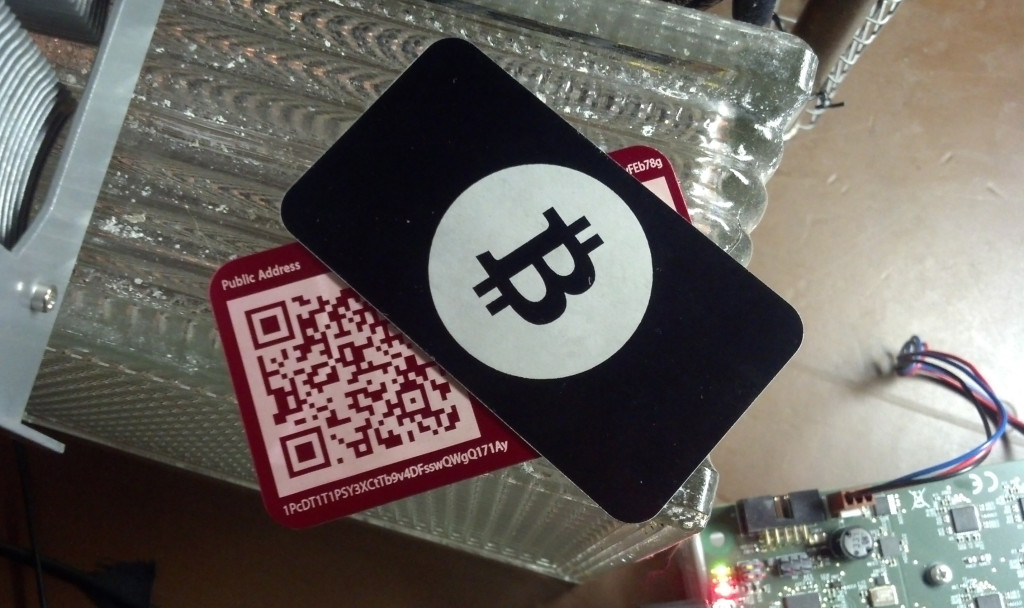We are excited to re-introduce our series on the MST blog! “The MST Reader” will be an ongoing series of guest posts by local writer Dave Karlotski, offering insight into popular and emerging technologies.
Dave Karlotski is a writer who blogs about cryptocurrency-related topics, among other things. He is a NH native and UNH graduate who co-founded the local newspaper The Wire, and served as its publisher until 2014. Dave also co-founded The Seacoast Summer Guide (15 years strong) and is a co-founder of the RPM Challenge https://www.rpmchallenge.com.
Bitcoin and Blockchain for Beginners
Part 1: Tales from the Crypto
It’s been more than 10 years since the creation of the world’s first blockchain-based cryptocurrency, Bitcoin, and it has been a wild ride. Sometimes, though, that’s how the future is built.
Bitcoin allows for semi-anonymous, rapid, secure transactions anywhere in the world with low transaction fees and without third-party mediation. Simply put, it’s the digital equivalent of cash — transactions are peer-to-peer, between two people directly, without a bank, credit card company, or online payment company in between. It’s magic internet money for the people.
Bitcoin came alive in 2009, created by a programmer, or group of programmers, using the pseudonym Satoshi Nakamoto. We still don’t know Satoshi’s true identity, but that’s probably for the best. Anonymity has forced the work to speak for itself.
Satoshi’s technical leap was to resolve the problem of trust between strangers exchanging money online, by combining asymmetric cryptography with a distributed ledger called the blockchain. What’s that mean? Ok, hang on!
Trust is a critical part of financial transactions. When you swap a chicken with your neighbor for bushels of corn, trust is baked in, since the whole transaction is visible and both parties are known to each other.
But barter is a slow way to run an economy, so currencies evolve as a way to carry value more readily. In order to do business with a stranger, we need a common currency with a universally agreed upon value. Precious metals like gold do the trick nicely, as they are stable and don’t dissolve, evaporate or react with other elements much; they can be divided into any size unit depending on the type of transaction (i.e., What’s the gold-to-chicken rate today?); and they are both uncommon enough to be given value and possessing properties distinctive enough so that everyone can recognize what it is. Even if you don’t have anything that I want, you can give me gold for my chicken and I can go somewhere else and buy ice cream.
As economies grow and accelerate, even precious metals become too slow, and other currencies are created whose universal value is enforced by a central authority, like a bank or a government, instead of the periodic table. Now you are putting your trust in the government or bank that the value of the created currency is being managed responsibly and honestly, and that measures are being taken to prevent counterfeiting.
That’s mostly fine in a stable, developed country where the government is accountable to the people and the banks are regulated, but that isn’t something that can be counted on everywhere in the world.
When the Internet came along, a second system of trust needed to be built on top of the first. It’s easy enough to buy something online, but to do so you’re trusting the merchant who you’ve never met, you’re trusting the website you’re paying on to be uncorrupted, you’re trusting a third-party payment processor such as a credit card or PayPal to act as the arbiter of the transaction, which is then operating on top of the bank’s transaction system for moving money around (such as ACH), which is operating on top of the government’s system for printing money and adjusting the value of the currency.
Does it work? Yes, and most users don’t even have to think about it. But it is a complicated, kludged-together system to address problems of trust, agreed value, and scale, and many of the entities along the way get a cut of the transaction.
In the wake of the 2008 financial crisis, people like Satoshi Nakamoto became interested in rethinking the whole system, and wondering what a secure digital currency would look like if it was designed from scratch today, instead of having evolved layer by layer over thousands of years. What would money look like if it was natively digital?
Bitcoin is their answer.
Ready to grow your blockchain and Bitcoin capabilities? Let's connect and explore how we can help you stay ahead of the curve in the ever-evolving tech landscape by sustainably growing your #techteam.
…
Join the conversation with Market Street Talent on LinkedIn, Instagram, Facebook and Twitter!
